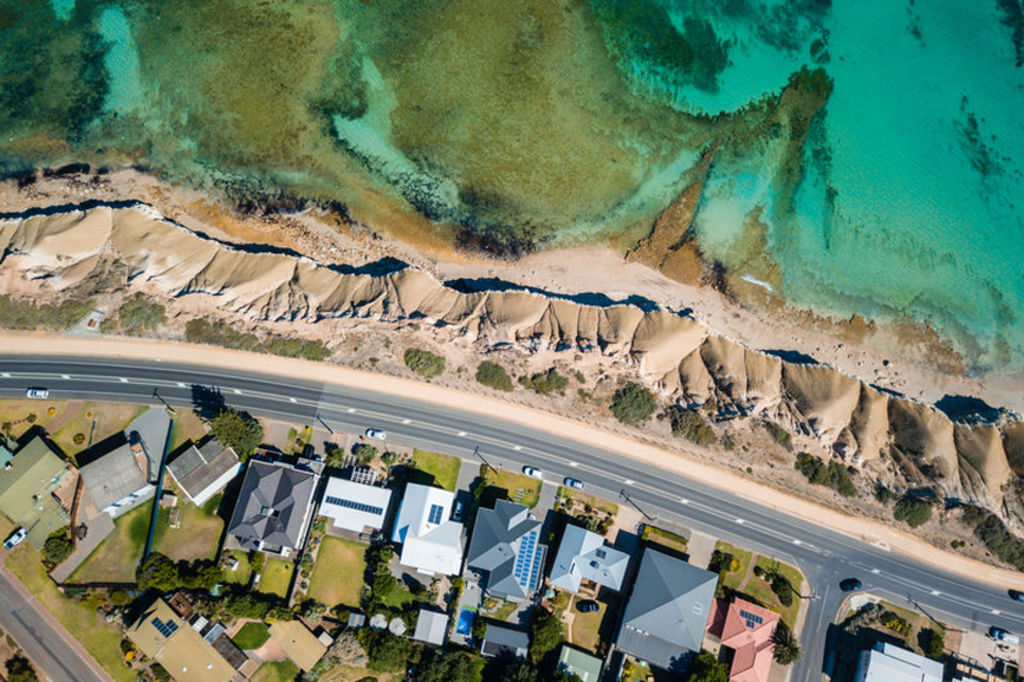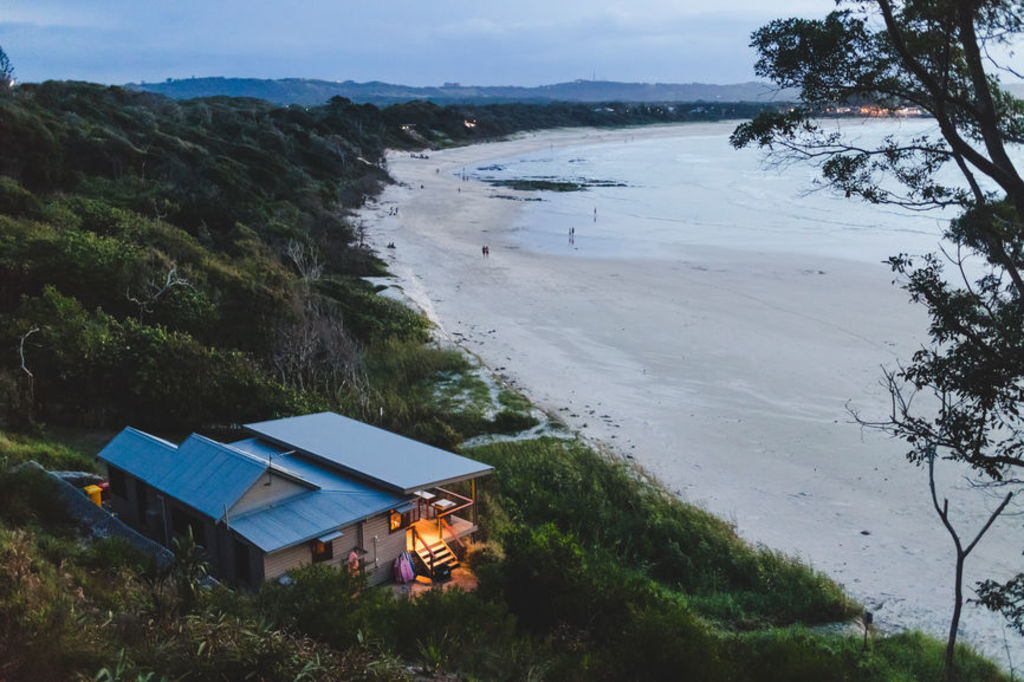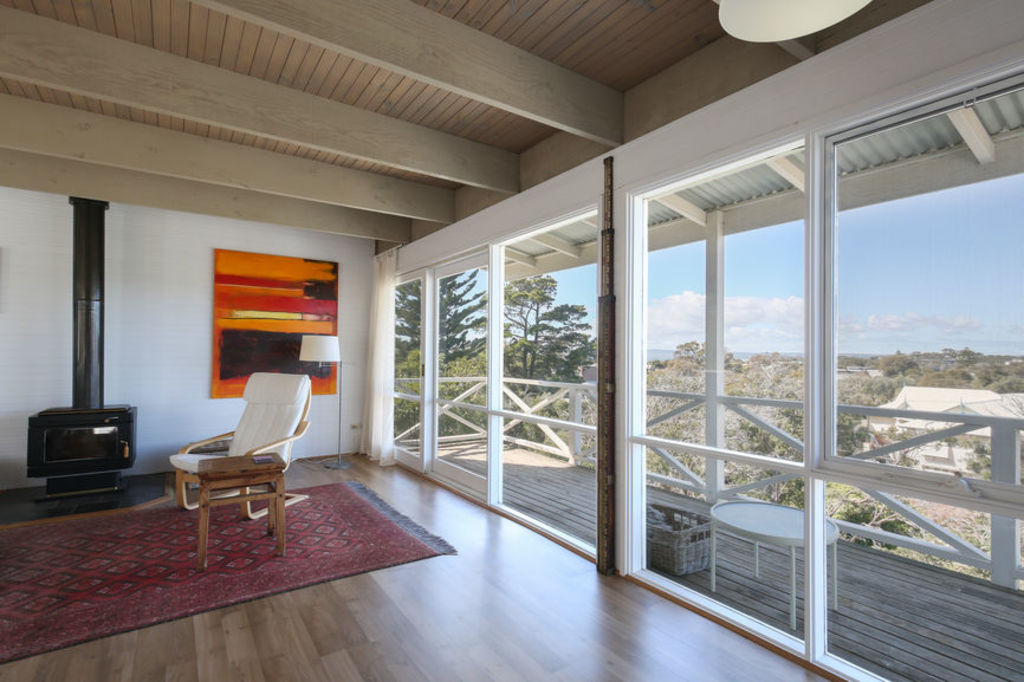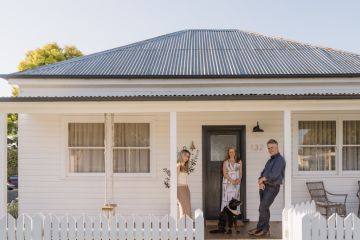Coastal costs: the serious downsides of living by the sea
Living by the sea brings many joys but, for those living on Australia’s north-east coast, Cyclone Oma provided a few “Oma-gosh” moments about the perils of coastal living.
Here are the downsides of coastal living, ranging from annoying to downright devastating.
1. Visitors
Seaside dwellers often find that their home is in high demand for the holidays of others. This can be great, but tricky when visitors don’t necessarily get that your life isn’t always paradise and that you aren’t permanently on holiday.
2. Sand
Sand, sand and more sand. Lovely when it is fringing an azure blue ocean. Not so great when you have an entire beach worth of it to clean out of your house.
Prevention is definitely better than a cure when it comes to sand. Train everybody – including visitors – in the art of de-sanding before they come inside. A well-placed outdoor shower (or the more budget version; an outdoor hose with trigger nozzle) is key in the fight against gritty floors.

3. Salt and sea breezes
The sea breeze is one of the joys of living near the beach, so I am certainly not going to follow the advice I read of avoiding salt damage to interiors and appliances by keeping all windows tightly closed at all times.
This would also be a recipe for mould growth, something that is a common problem in coastal climates.
An alternative is to step up on your cleaning and maintenance – inside and out.
“All houses deteriorate, but coastal ones have moisture build-up on surfaces, sand-blasting from the wind and higher salinity in the air – that’s harsh stuff,” says coastal property maintainer, Michael Jeantou.
Jeantou’s advice is to wash down all external surfaces every six-to-12 months (every three months if you have absolute beach frontage). “Use a soft brush, sugar soap and a low-pressure wash,” he says. He also recommends using premium quality paints in satin or semi-gloss finishes. “Salt sticks to low-sheen surfaces,” he says.
For metal finishes, he recommends high-grade stainless steel, a point echoed by Caroline Crooks, who lives 500 metres from the beach in far northern NSW, who replaced her clothesline with one from Coastal Clotheslines, that uses Grade 316 stainless steel and anti-corrosion wires. “I am happy to know I won’t be throwing clotheslines in the bin every four years,” she says.

4. Repairs and insurance
If your maintenance is not top notch, repairs are inevitable. “I recently worked on timber weatherboard houses, right by the sea, that had weathered so much that they looked twice their six-year age,” says Jeantou, who runs Bellarine Painting & Property Maintenance in Victoria. “Not doing maintenance is a false economy as, if you leave it too long, surfaces get damaged.”
Coastal dwellers should pay close attention to insurance, remembering that it does not cover the wear and tear from the effects of salt, sand and sea breezes.
Steve Mickenbecker, from Canstar, Australia’s biggest financial comparison site, notes that coastal real estate aficionados should be extra careful to check what they are covered for. “Many policies do not cover storm surges or riverine flooding,” he says.

5. Extreme weather, coastal erosion and rising sea levels
Coastal areas are not alone in experiencing extreme weather, but living by the sea gives you a front row seat for cyclones, east-coast lows and storm surges. Climate change is heralding more intense rainfall and rising sea levels.
Dr Thomas Mortlock, a coastal scientist with Risk Frontiers, a catastrophe modelling company with expertise in climate change risk analysis, puts it neatly: “Overall it can be said people living in coastal areas are likely to become increasingly exposed to coastal extremes as a result of sea level rise combined with changes to storm behaviour.”
We recommend
States
Capital Cities
Capital Cities - Rentals
Popular Areas
Allhomes
More







